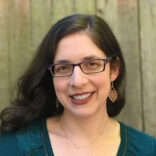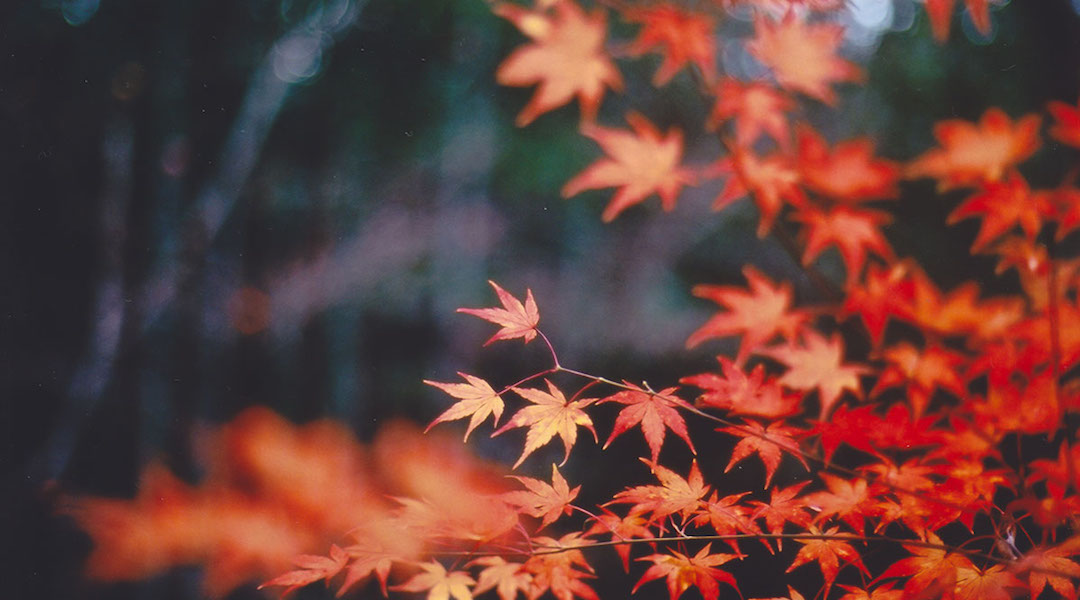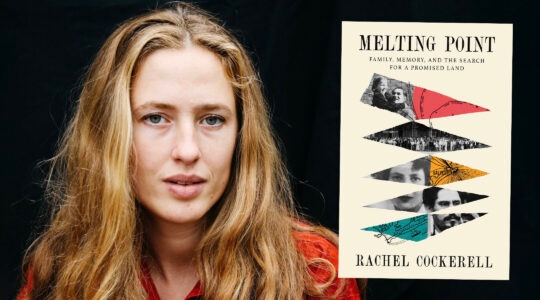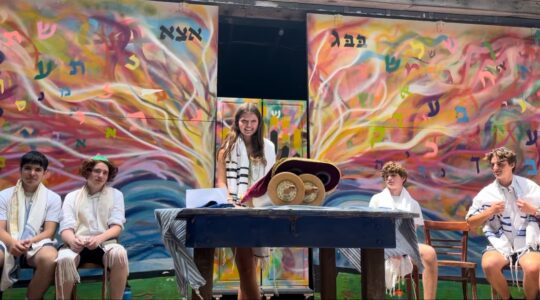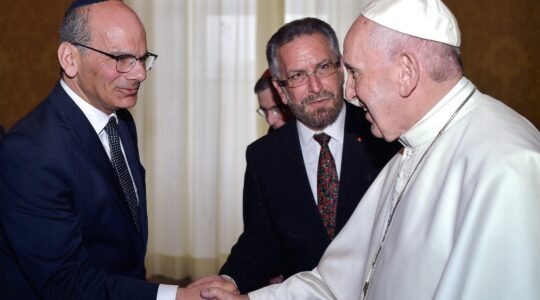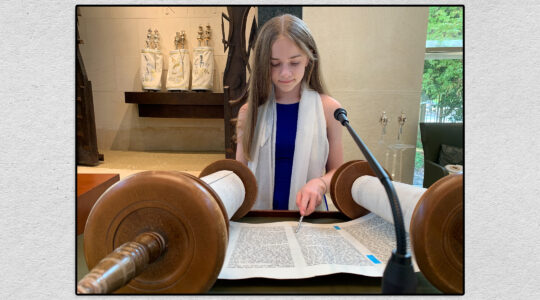This article originally appeared on Kveller.
Every houseplant I’ve ever been responsible for could attest, from beyond the grave, that I don’t exactly have a green thumb. So it was interesting to move out to Seattle over a decade ago and be thrown into the Pacific Northwest gardening scene. People out here take their horticulture, like their outerwear, very seriously. Raised veggie beds dot the sidewalks, and many houses sport carefully tended flowers, lavender and rosemary mixed with mountain-chic rock clusters. The former gardening correspondent for the local news is popular enough to go by one name, like Shakira.
Though I felt at odds with this gardening culture when I first arrived here, over the past few years I have gradually taken more of an interest in the art of tending a garden. I’ve also realized that taking time to weed and water can provide a lovely break from the nuttiness of life with three kids. In the spring we upped our sustainability game by planting lettuce, chard, broccoli and berries in raised beds in our backyard. (I freely admit that this required some professional help – I’m even worse at building than I am at growing things!)
As our area slowly emerged from the monotony and strain of pandemic-induced lockdowns, our home garden began to thrive. The kids each contribute to the workload: My 12-year-old mists the raised beds, my 9-year-old digs up weeds, and my toddler totes her pink watering can over to the fuchsia and lavender.
My favorite “pet” outside, though, was growing here long before we moved in: a beautiful midsize Japanese maple. Its base is covered with soft green moss, its branches are the perfect height for kids to hang from, and its leaves change from bright green to vibrant red-orange as the seasons go by. I take pictures of this maple all year round, in every variety of sunlight.
That’s why I was especially dismayed last week when, after three consecutive days of temperatures over 100 degrees in the Pacific Northwest, I saw visibly scorched, crumpled leaves all over the maple. Two days later, once the cool marine air moved in and returned Seattle to the overcast mid-60s and 70s days we’re used to, I saw something even worse: hundreds of healthy-looking green leaves carpeting the ground. Clearly the stress of the Heat Dome, as experts called this extreme weather event, caused a swath of the maple’s leaves to fall off prematurely.
This isn’t supposed to happen, I thought. Something is wrong with our planet.
Just as with the West Coast wildfires that kept us shut inside last summer, the Heat Dome can be directly linked to climate change. Just as with the wildfires and smoke plumes, I had to explain to my kids why this was happening, and I felt ashamed. Just as before, I am now incredibly angry and scared that this new reality — tarnished air quality, sweltering days, warming oceans, unlivable conditions for flora and fauna and humans — is now the reality of the planet that our children, and our children’s children, will inherit.
Judaism offers us so many chances to celebrate the rhythms of the natural world: trees on Tu b’Shevat; spring greens on Passover; fall harvests and outdoor living on Sukkot. But what does our tradition offer when the rhythms of the natural world are knocked askew? We have blessings for seeing large and small wonders of nature, lightning and rivers, animals and trees — even a special blessing for seeing a rainbow. What language is available for the opposite of rapture, when we witness something on our earth that should not be? Is there a reverse bracha to mark the sadness of seeing tree leaves fall when it’s not yet autumn?
We are witnessing drastic changes to our earth in real time, and no area will be spared: The Associated Press reported recently that while the West is getting hotter during the day, the East Coast is becoming hotter at night, a worrying trend because that means fewer cool nights for relief. As a society, we must be concerned about the public-health ramifications for those who cannot afford or access cool indoor air during ever-warmer days. As parents, it is getting harder to tell our kids that some terrifying weather event is a rare circumstance likely not to repeat itself for many years, when actually these extreme events have started to repeat themselves with increasing frequency. Last week’s Heat Dome was billed as a “once-in-a-millennium” convergence of factors, but as the Portland-based journalist Tove Danovich wrote in The Washington Post, “Unprecedented is becoming the norm.”
In fact, the last time Seattle experienced heat on this level was not 1,000 years ago — it was the summer of 2009, shortly after my first child was born. Like most residences there, our rental house did not have air conditioning at the time; locals took pride in having the least air conditioning of any American metropolitan area. But now I view that heat wave as a grim harbinger of things to come. I remember the moment the houses on our street collectively darkened as the overtaxed electrical grid blew. Local hotels were completely booked with people fleeing the heat, so we had nowhere to go. My parents happened to be visiting from Virginia, and my dad insisted that we’d all be safer sleeping outside since the house felt so stifling. My husband hoisted the bassinet into the backyard and my infant son slept peacefully under the stars in a short-sleeved onesie, while the rest of us tossed and turned on blankets beside him.
That baby boy is now studying for his bar mitzvah, and the “freak” heat wave that occurred during his first summer on the planet can no longer be considered an outlier. As we recover from the Heat Dome, he is practicing the blessings for the Torah service. As we gird ourselves for wildfire season, he is starting to learn his haftorah. At a moment when so much of nature feels off-kilter, the cycle of Jewish life reliably continues. For this mom witnessing climate change affecting our earth in real time, tradition is sometimes a cold comfort.
As parents we learn to compartmentalize our own fears in times of immediate urgency. When my daughter ran into the corner of her brother’s metal bed frame a few months ago, I stanched the bleeding, calmed her down and consulted with a doctor about whether to come in for stitches. I could see that the wound on her forehead was bad, but I was able to put my fears aside and act out of necessity. Mediating the drastic changes happening to our environment feels like a different level of crisis management, though. When it comes to the wounds being inflicted upon the earth, I am not sure how to compartmentalize my fears, nor do I know whether I should tell my kids that “it’s going to be OK” when they can plainly see the vibrant green ferns in our yard scorched to a dark maroon.
The Jewish response to a crisis is to care for others and take responsibility for those who are most vulnerable. I am trying to turn my emotions about the climate crisis into action, seeking out organizations that are educating and making an impact, and informing myself about policies that might create change. But I still have my garden to tend, and so I will head outside in the cool air tomorrow morning, and my daughter will bring her watering can. I’ll sweep up the maple leaves that fell too soon, check on the mulberries still taking root and give the yellow Hakone grass some extra water. I will bless any new raspberries that appear on the vine, praising God, “Baruch atah Adonai, Eloheinu melech haolam, shekacha lo be’olamo” — “Blessed are You, source of all life, who fills the world with beauty.”
JTA has documented Jewish history in real-time for over a century. Keep our journalism strong by joining us in supporting independent, award-winning reporting.
